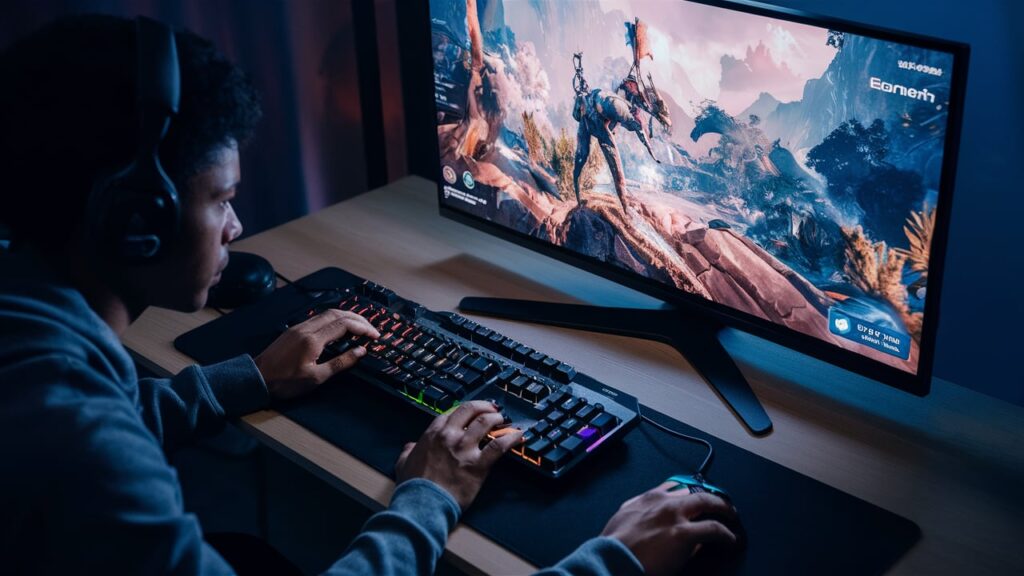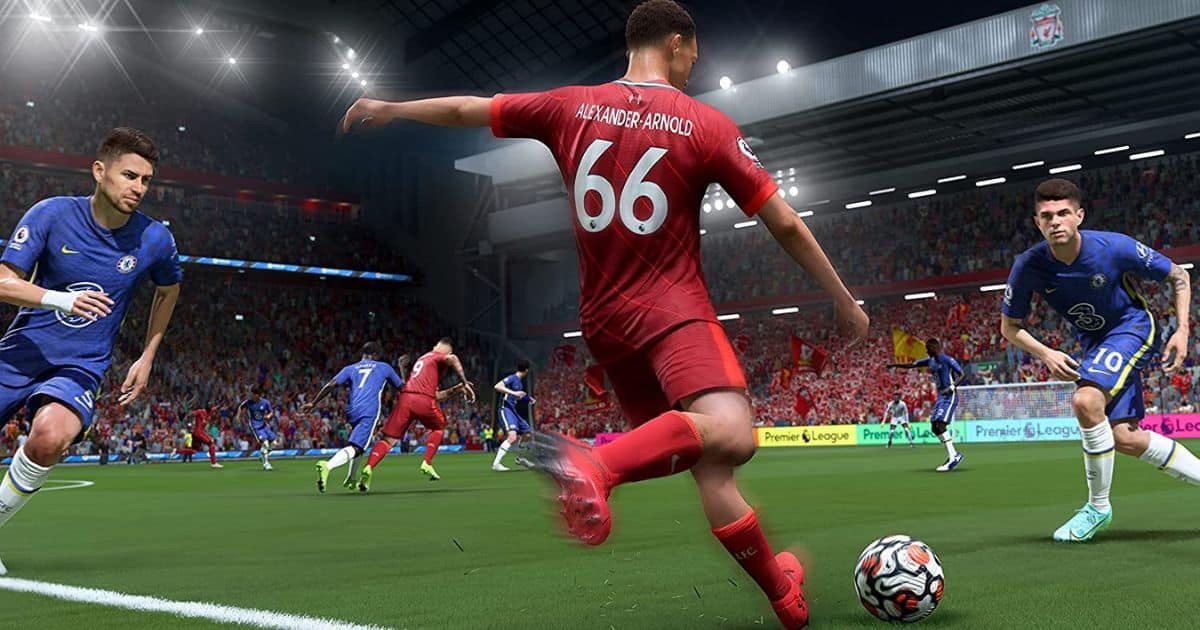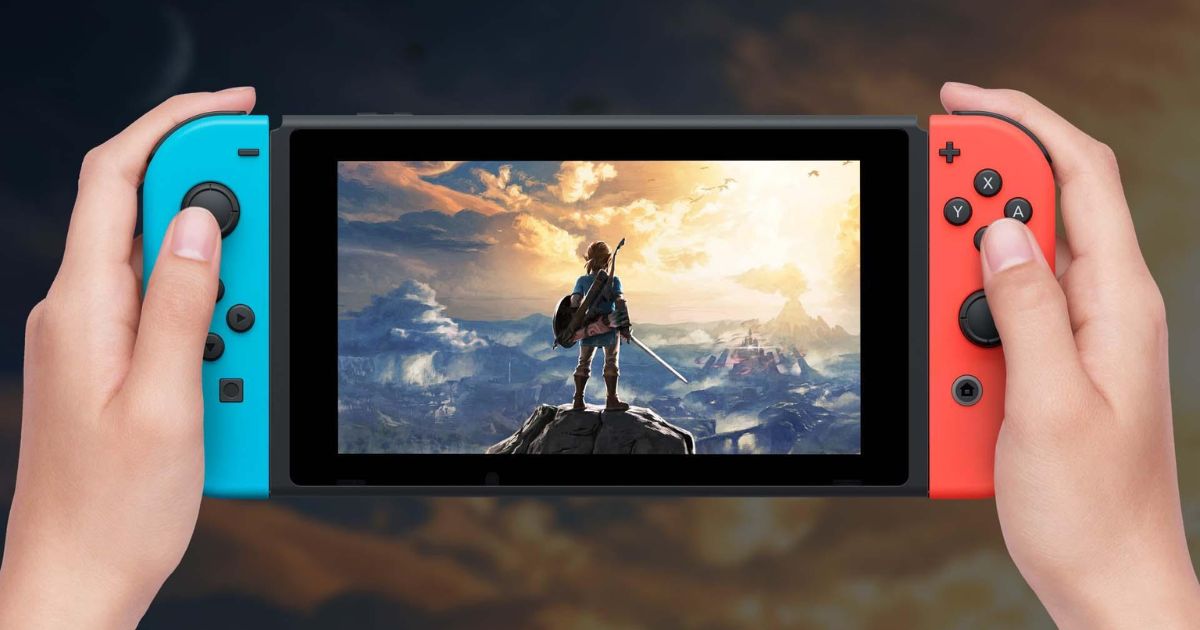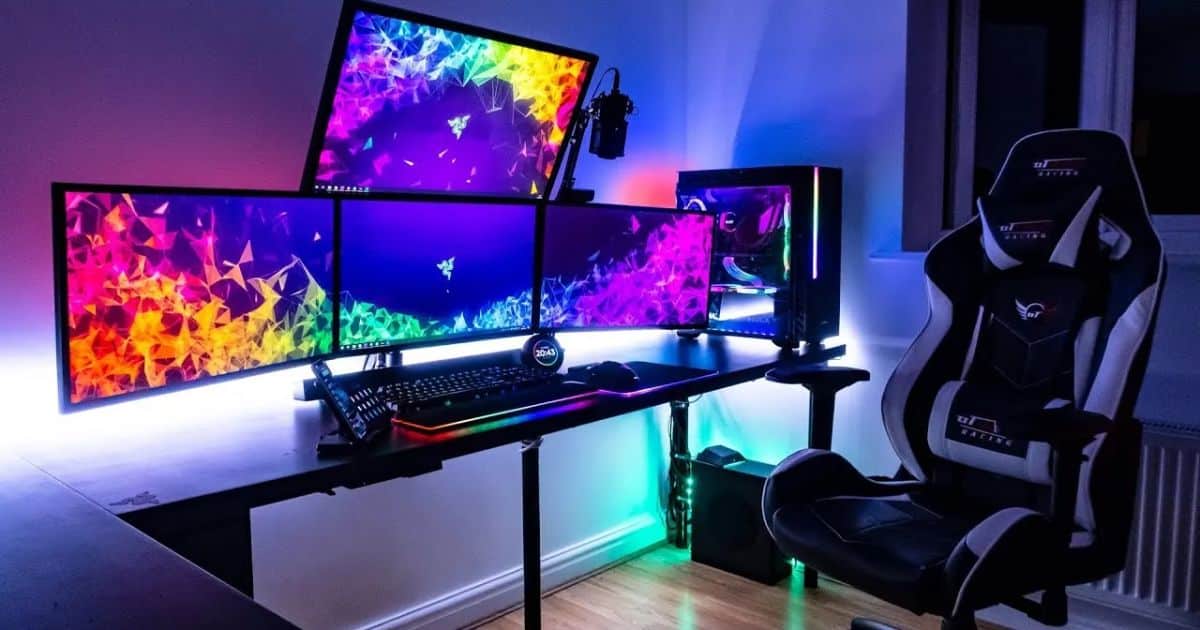Playing PC games on a TV offers a fresh and immersive experience, blending the high-quality graphics of a computer with the large screen and comfort of a living room setup. With advancements in technology, it’s now easier than ever to connect your PC to your TV, making gaming more accessible and enjoyable. This setup can transform your gaming sessions into cinematic adventures, enhancing both visuals and gameplay.
Using a TV for PC gaming can also bring friends and family together, allowing for a more social and interactive experience. Whether you’re playing competitive multiplayer games or enjoying single-player adventures, the larger screen and comfortable seating can make gaming more fun and engaging. This shift from traditional PC monitors to TVs is a game-changer for both casual and serious gamers.
Additionally, the versatility of modern TVs means you can seamlessly switch between gaming and other entertainment options like streaming movies or browsing the internet. This multifunctional use makes investing in a high-quality TV even more worthwhile. Embrace the evolution of gaming by bringing your PC games to the big screen and experience the thrill in a whole new way.
Choosing a 4K TV
Selecting a 4K TV involves considering various factors to ensure you get the best viewing experience. Look for a TV with high dynamic range (HDR) support, as it enhances colours and contrast, making the picture more vibrant and lifelike. Screen size is also crucial; choose a size that fits your space while providing an immersive experience.
Picture quality is another essential aspect when choosing a 4K TV. Look for features like local dimming and high refresh rates, which improve clarity and reduce motion blur. Additionally, check for smart TV capabilities, as built-in apps and streaming services can greatly enhance your viewing experience.
Don’t overlook the audio quality when picking a 4K TV. Built-in speakers with good sound quality can enhance your overall experience, but you might also consider external sound systems for superior audio. Lastly, ensure the TV has multiple HDMI ports and other connectivity options to easily connect all your devices.
Plug Into the Right Ports
Connecting your PC to your TV correctly starts with using the right ports. HDMI ports are the most common and provide high-quality video and audio transmission. Ensure your TV and PC both have HDMI ports and use an HDMI cable to connect them for the best performance.
Another option is DisplayPort, which offers similar quality to HDMI and is often found on gaming PCs and high-end TVs. If your PC has a DisplayPort and your TV has HDMI, you can use a DisplayPort to HDMI adapter. This setup can also support high resolutions and refresh rates, crucial for smooth gaming.
Lastly, consider using USB-C ports if your devices support them. USB-C can transmit video and audio like HDMI and DisplayPort and is becoming more common in modern electronics. Using the right ports ensures a seamless connection and optimal performance for your gaming or entertainment needs.
Bullet Points
- Use HDMI ports for high-quality video and audio transmission.
- Consider DisplayPort for gaming PCs and high-end TVs.
- Use USB-C ports for modern devices with video and audio support.
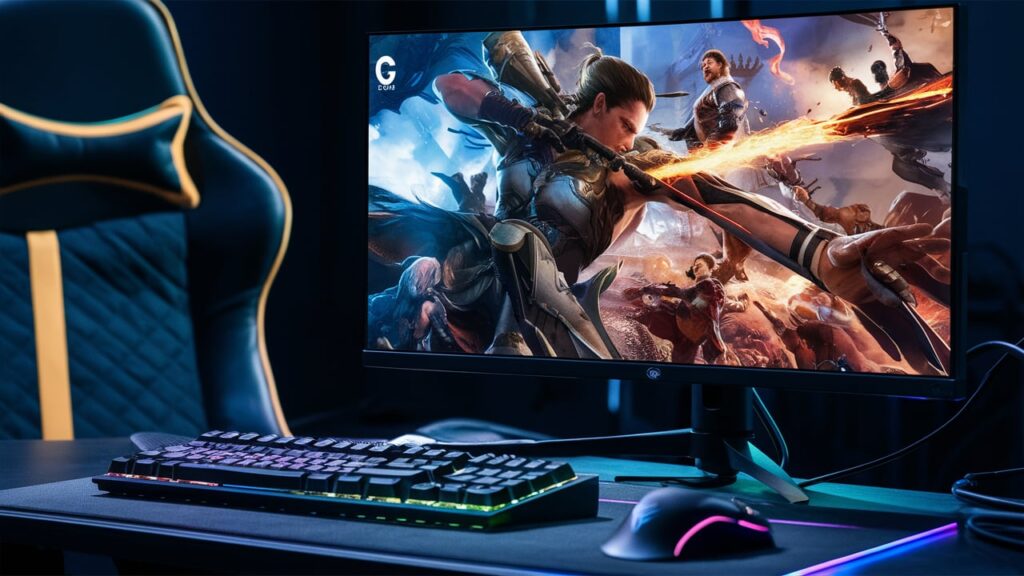
Cable management woes
Dealing with cable management can be a hassle, especially when connecting multiple devices to your TV. Keeping cables organized not only improves the aesthetics of your setup but also ensures better airflow and reduces the risk of damage. Using cable ties or clips can help keep everything neat.
Labelling your cables is another effective way to manage them. This simple step can save you a lot of time and frustration when troubleshooting or rearranging your setup. Colour-coded labels or tags make it easy to identify which cable belongs to which device, streamlining any future adjustments.
Investing in a cable management box or sleeve can further enhance the look and functionality of your entertainment area. These solutions hide excess cables and prevent tangling, making your setup look cleaner and more professional. Proper cable management is essential for maintaining an efficient and visually appealing entertainment space.
Bullet Points
- Use cable ties or clips to keep cables organized.
- Label cables to easily identify each connection.
- Invest in cable management boxes or sleeves for a cleaner setup.
Turn on Game Mode
Enabling Game Mode on your TV can significantly enhance your gaming experience. This feature reduces input lag, ensuring your actions on the controller are reflected on the screen almost instantly. It optimizes the TV’s settings for smoother gameplay and a more responsive experience.
Activating Game Mode usually involves navigating through your TV’s settings menu. Look for the picture or display settings section, where you’ll find the Game Mode option. Turning it on is typically as simple as toggling a switch, but consult your TV’s manual if you encounter any difficulties.
Game Mode also improves the overall picture quality by adjusting the TV’s processing settings to better suit fast-paced gaming visuals. This means fewer distractions from motion blur or screen tearing. Taking a few moments to enable this feature can make a noticeable difference in your gaming sessions.
Bullet Points
- Game Mode reduces input lag for more responsive gameplay.
- Activate Game Mode through your TV’s picture or display settings.
- Improves picture quality by optimizing settings for gaming.
Set Your TV’s Input Settings
Adjusting your TV’s input settings is essential for optimizing the display quality of your PC or gaming console. Start by selecting the correct input source on your TV, ensuring it matches the port you’ve connected your device to. This simple step is crucial for ensuring your TV displays the correct signal.
Next, adjust the picture settings for the selected input. Many modern TVs allow you to customize settings like brightness, contrast, and colour balance for each input individually. Tweaking these settings can significantly enhance your viewing experience, especially for gaming or watching high-definition content.
Finally, enable any additional features that can improve performance. Some TVs offer settings like low latency mode or enhanced HDMI options that further refine the input signal. Taking the time to configure these options can result in a clearer and more responsive display.
Bullet Points
- Select the correct input source matching your connected device.
- Customize picture settings like brightness and contrast for each input.
- Enable features like low latency mode or enhanced HDMI options for better performance.
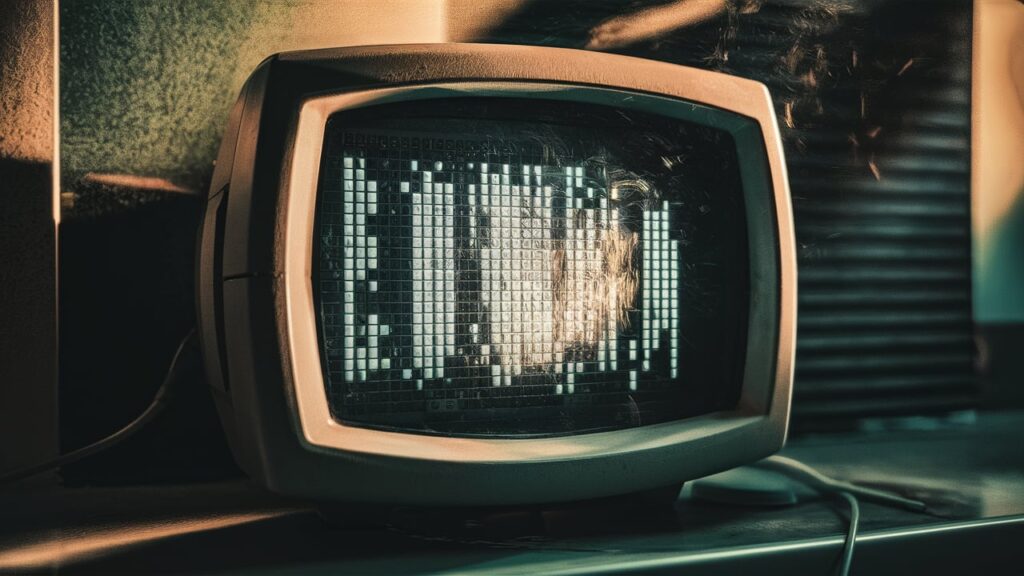
Wireless connections can be shite
Wireless connections for gaming or streaming can often be unreliable. Issues like signal interference and latency can disrupt your gaming experience, causing lag and buffering. These problems are especially frustrating during fast-paced games where split-second reactions matter.
The performance of wireless connections can vary depending on your home’s layout and the distance between your devices. Walls and other obstacles can weaken the signal, leading to inconsistent performance. To mitigate this, try to minimize the distance between your devices and ensure there are fewer obstructions.
Despite the convenience of wireless connections, they may not always deliver the stable and fast connection required for seamless gaming or streaming. Investing in a wired connection, like an Ethernet cable, can provide a more reliable and faster connection. This ensures smoother gameplay and higher-quality streaming without the interruptions common with wireless setups.
Use Resolution Scaling, if Available
Using resolution scaling on your TV can enhance your gaming or viewing experience by adjusting the display resolution to match the content. This feature helps maintain sharp visuals and smooth performance, even if your hardware struggles with higher resolutions. It’s especially useful for balancing quality and performance in demanding games.
To enable resolution scaling, access your TV’s settings menu and navigate to the picture or display options. Look for the resolution scaling or upscaling feature, which might also be labelled as dynamic resolution or similar terms. Turning it on will allow your TV to automatically adjust the resolution based on the content and device capabilities.
Resolution scaling can significantly improve the visual quality of lower-resolution content, making it appear clearer and more detailed. This is particularly beneficial when playing older games or watching non-HD videos. By leveraging this feature, you can ensure a consistently high-quality viewing experience regardless of the content’s native resolution.
Bullet Points
- Adjusts display resolution to match content for better visuals.
- Enable through the TV’s picture or display settings menu.
- Improves the visual quality of lower-resolution content, making it clearer and more detailed.
Conclusion
Optimizing your TV for PC gaming involves several key steps, from using the right ports and enabling Game Mode to managing cables and using resolution scaling. Each adjustment enhances your gaming experience, ensuring smooth performance and stunning visuals. By taking these steps, you can transform your TV into a powerful gaming hub, delivering an immersive and enjoyable experience every time.
FAQs
How do I connect my PC to my TV?
Use an HDMI cable for the best video and audio quality.
What is Game Mode on a TV?
Game Mode reduces input lag, making your gaming experience more responsive.
Why is cable management important?
It keeps your setup organized, improves airflow, and reduces damage risks.
What does resolution scaling do?
It adjusts the TV’s resolution to enhance the visual quality of your content.
Are wireless connections good for gaming?
They can be unreliable due to signal interference; a wired connection is often better.

Brook over 3 years of professional gaming, esports coaching, and gaming hardware reviews to provide insightful expertise across PC, console, and mobile gaming.
